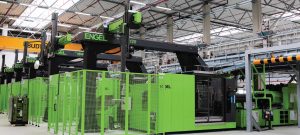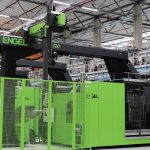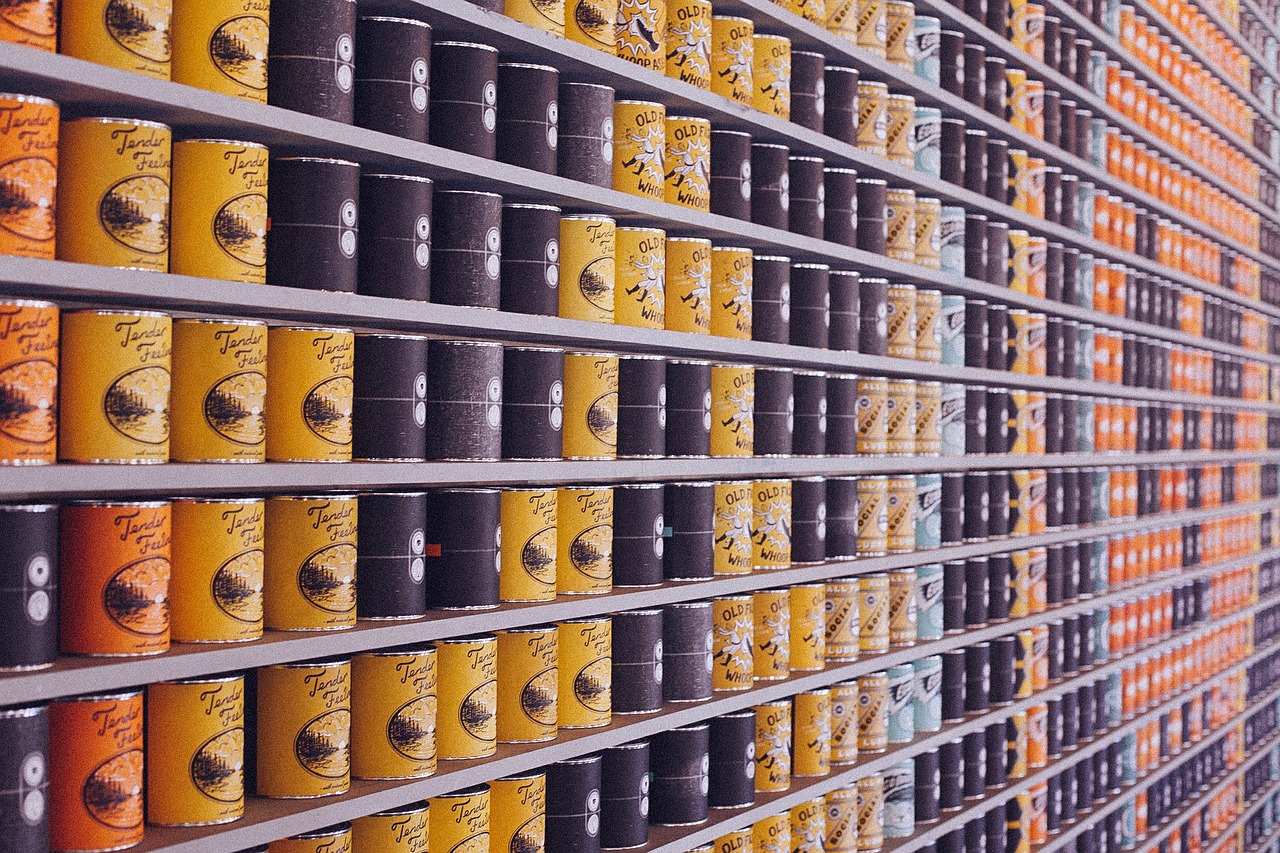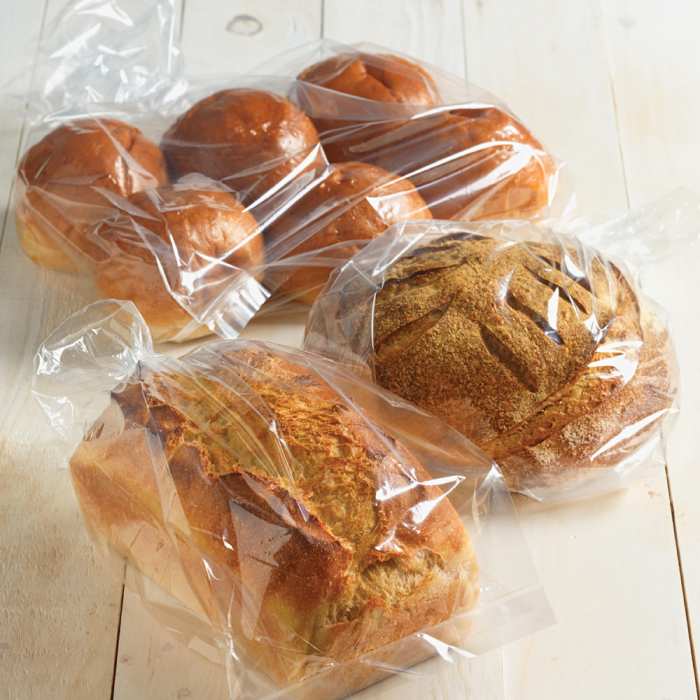The type of packaging play an essential role in your supply chains and is an area that impacts efficiency, costs and carbon footprint. That is why plastic returnable transit packaging (RTP) outshines traditional corrugated cardboard containers, a common packing solution, and as a result, is changing supply chains for the better.
Plastic RTPs is a more sustainable, efficient and effective packaging solution for businesses, despite using plastics. Here is why.
One key aspect is performance. Straightaway, plastic RTPs are superior and provide businesses with better user experience and performance throughout your supply chain. It allows logistic teams to perform more efficiently and deliver a better quality of service to customers.
Unlike corrugated cardboard packaging, being made out of plastic, RTPs can be designed to be stackable and reinforced. This makes easier to transport goods and reduces the risks of damage to goods and produce during transit.

When looking at the cost efficiency of both plastic RTPs and corrugated cardboard, RTP is a solution which gives businesses more for their money.
Plastic RTPs are reusable while corrugated cardboard boxes are not and need to be disposed of after a single journey, which helps reduces costs and makes RTP a more cost efficient.
Durable and rugged, RTPs have a long lifespan of use which allows businesses to enjoy many journeys. While disposable packaging is initially a cheaper option, RTPs return their value through reuse. Being plastic, RTPs can be easily cleaned and sanitised, allowing them to be reusable for transporting fresh produce and food processing provided the packaging meets relevant food safety regulations.
This is due to RTPs being stackable and nestable. Indeed, a supply chain consists of two journeys, the first being the delivery of the goods or produce, and the second being the return journey for the containers. Being stackable and nestable, RTPs can thus reduce the space, fuel, vehicles and manpower needed for a return journey. This can dramatically reduce costs in your supply chain.
Plastic RTP containers are also a more sustainable solution compared to corrugated cardboard boxes.
While both cardboard and some plastics can be 100% recyclable, that does not equate to an environmentally sustainable supply chain. This is because, just like any other kind of manufacturing, recycling produces waste and carbon emissions. However, there is a good argument to be had about why plastic RTPs are a more environmentally friendly solution over corrugated cardboard containers.
It is because of plastic’s long life of use. When using corrugated cardboard, it can only be used for one journey before being disposed of or recycled. Plastic RTPs can be used for a number of journeys at an industrial standard before being recycled.
As well, there is the fact that stackable and nestable RTPs can reduce themselves by up to 70%, can drastically reduce the number of vehicles needed to transport your packaging and reduce carbon emissions from your supply chains.
The future for plastic RTPs is looking very bright as they become more accessible to small and medium-sized businesses as well as being perfectly suited more markets and industries.
One example is that recycled plastic containers are no longer limited to non-food applications. This is due to Schoeller Allibert attaining a European Food Safety Authority (EFSA) for their recycling process.
This means grocery retailers, food manufacturers and foodservice providers are able to take advantage of a more sustainable and cost-efficient packaging solution.





